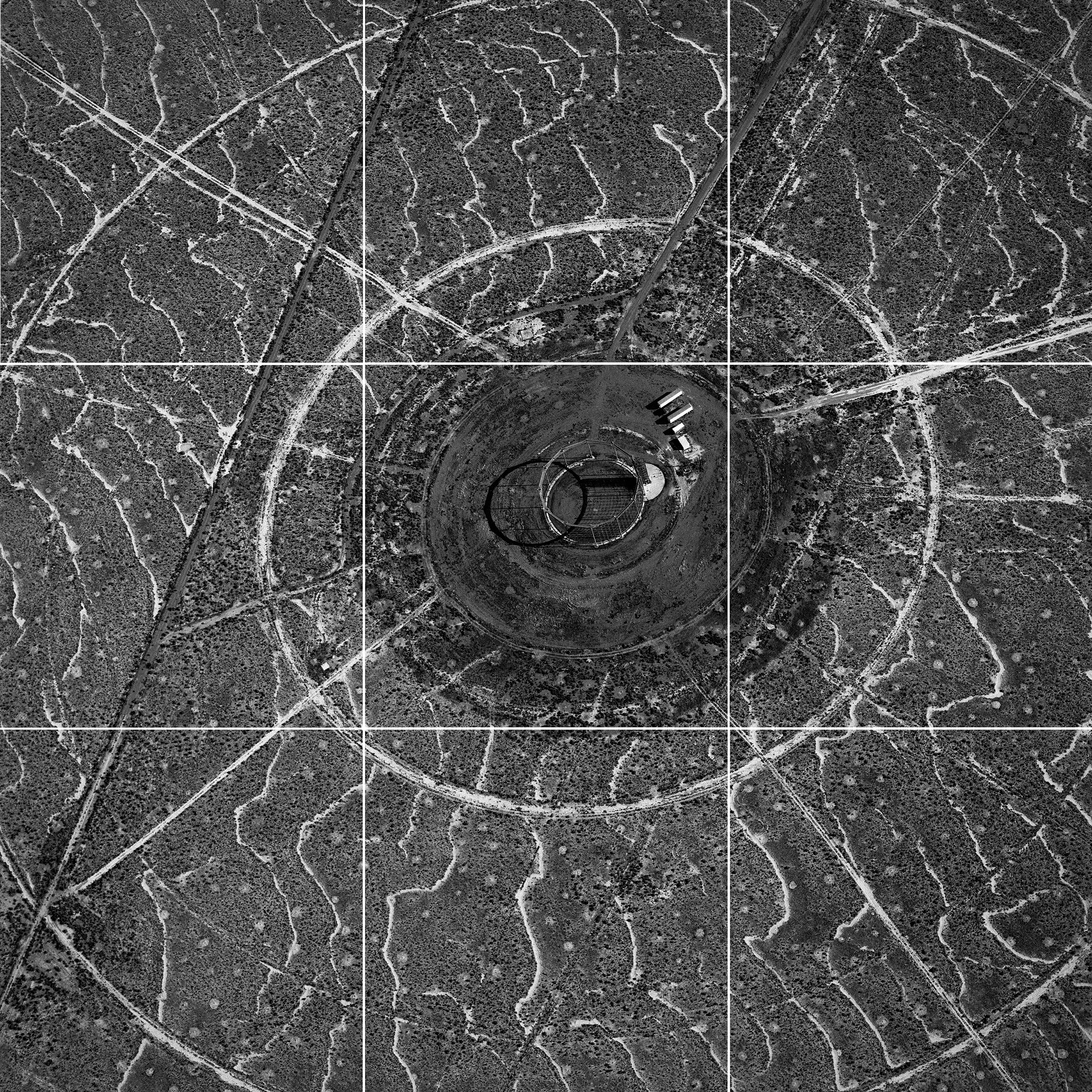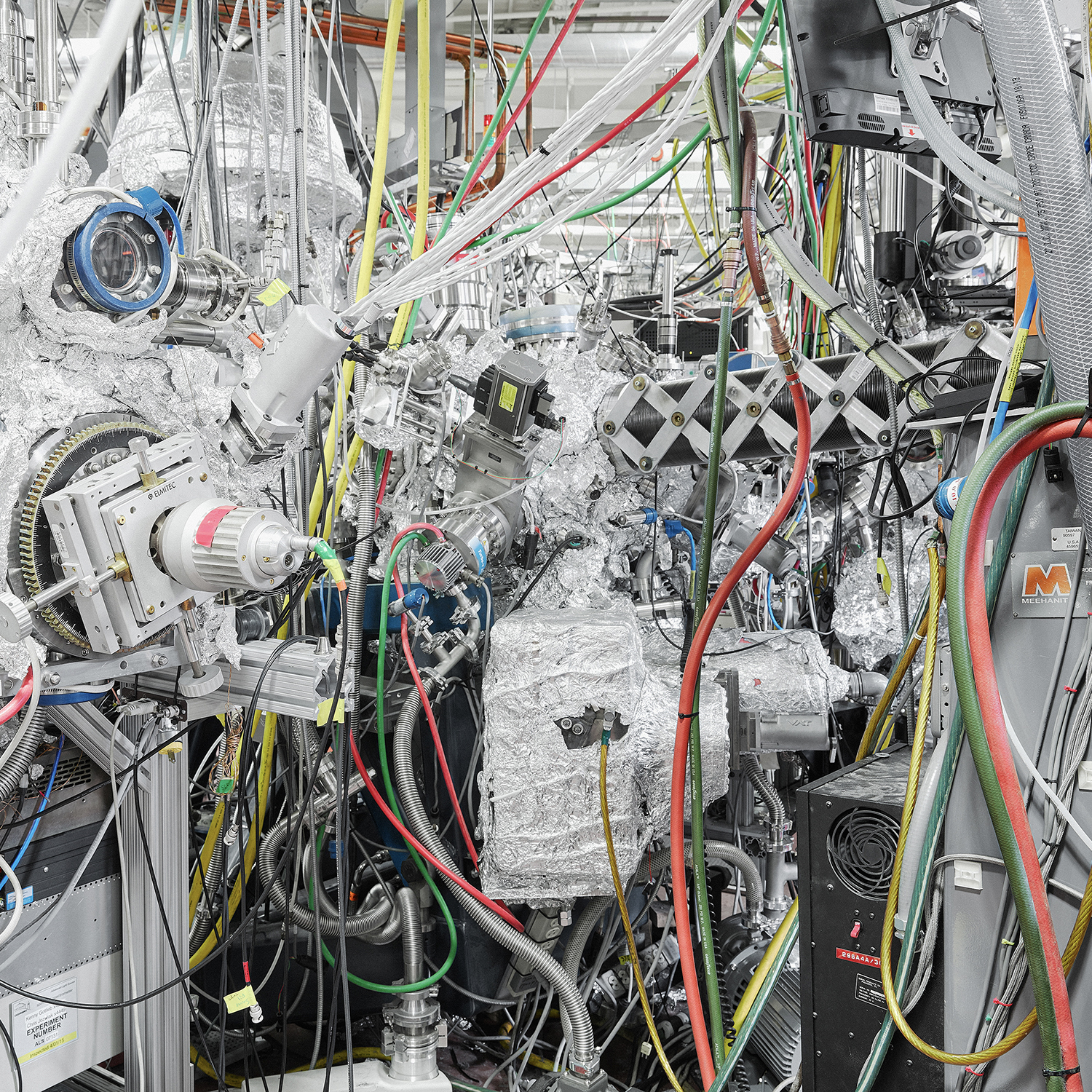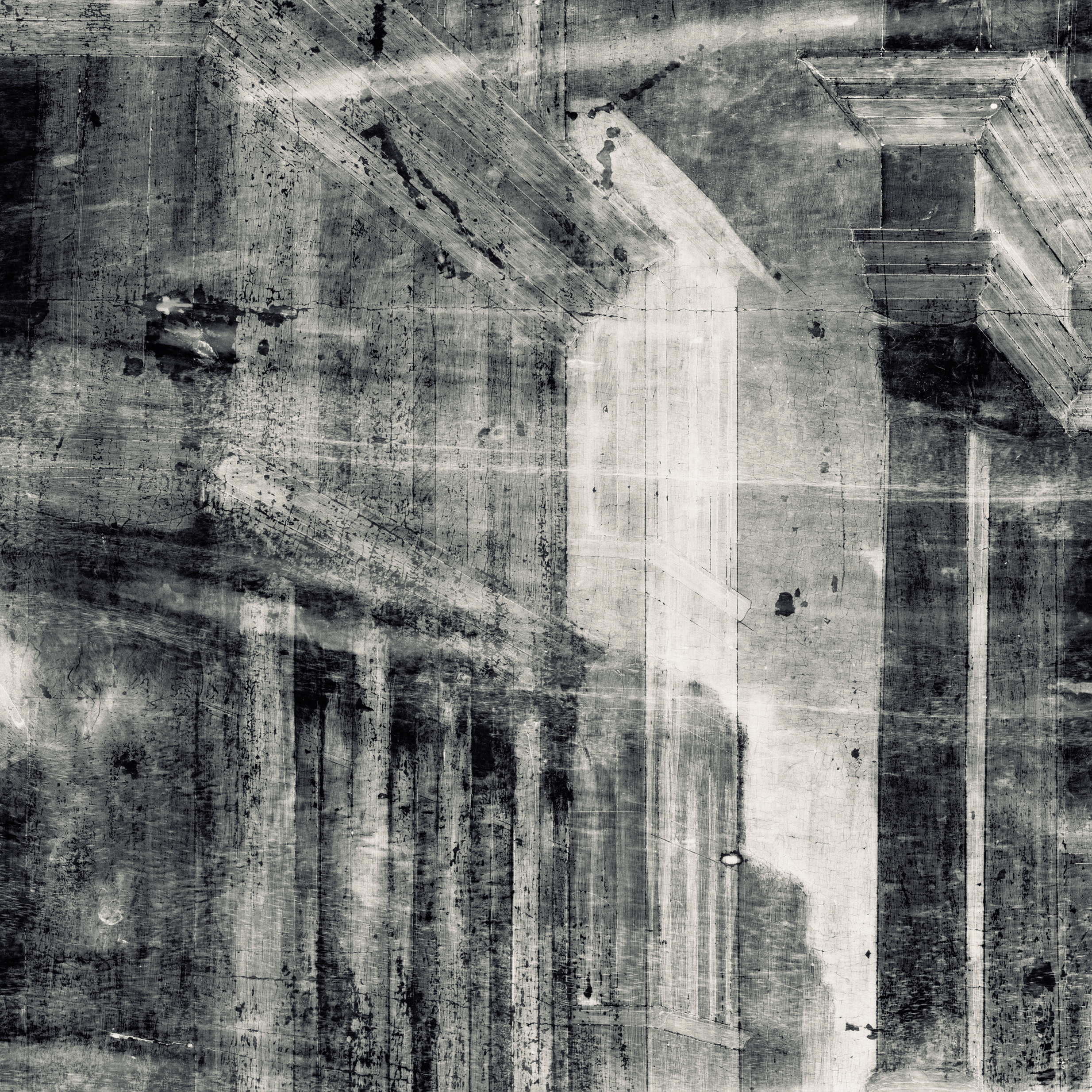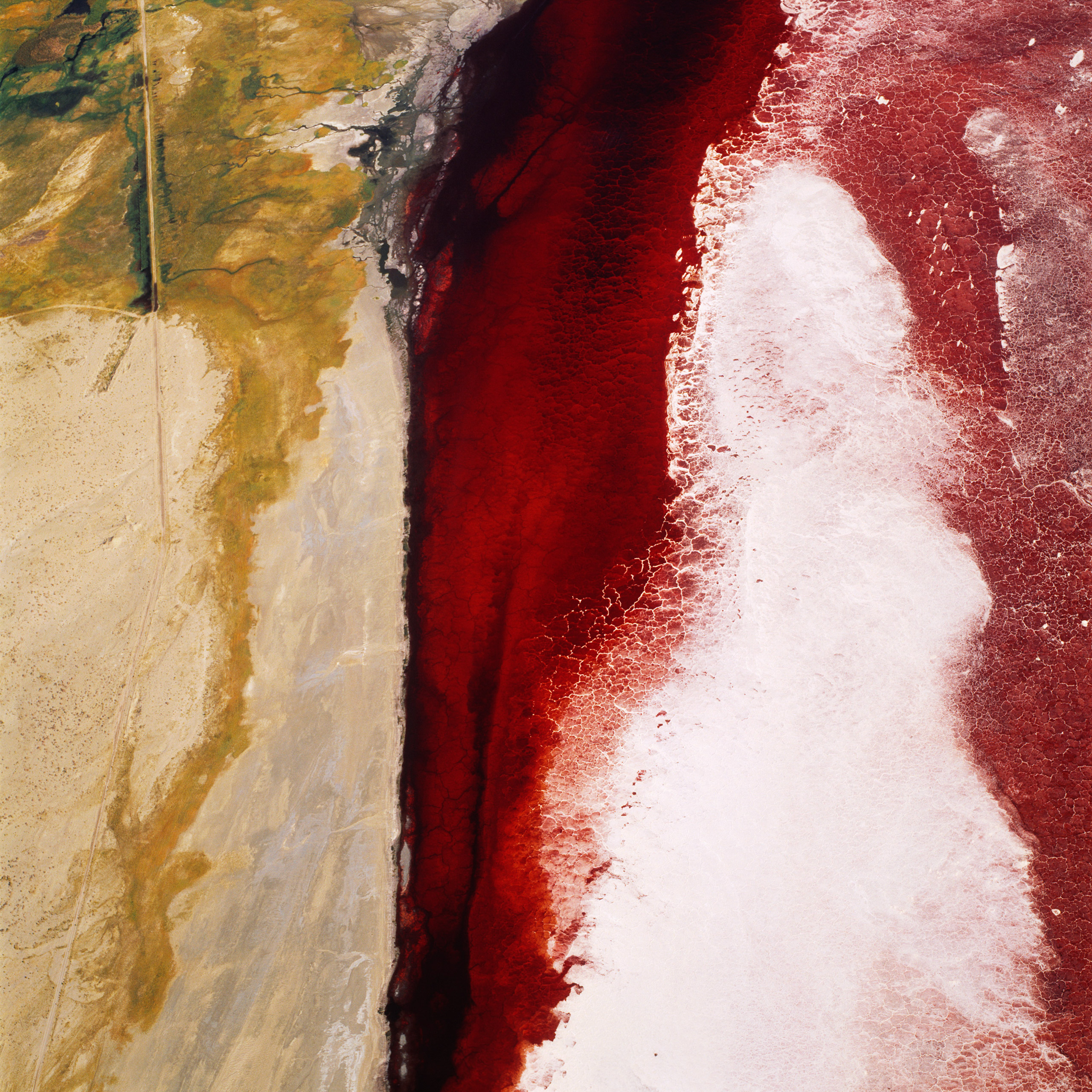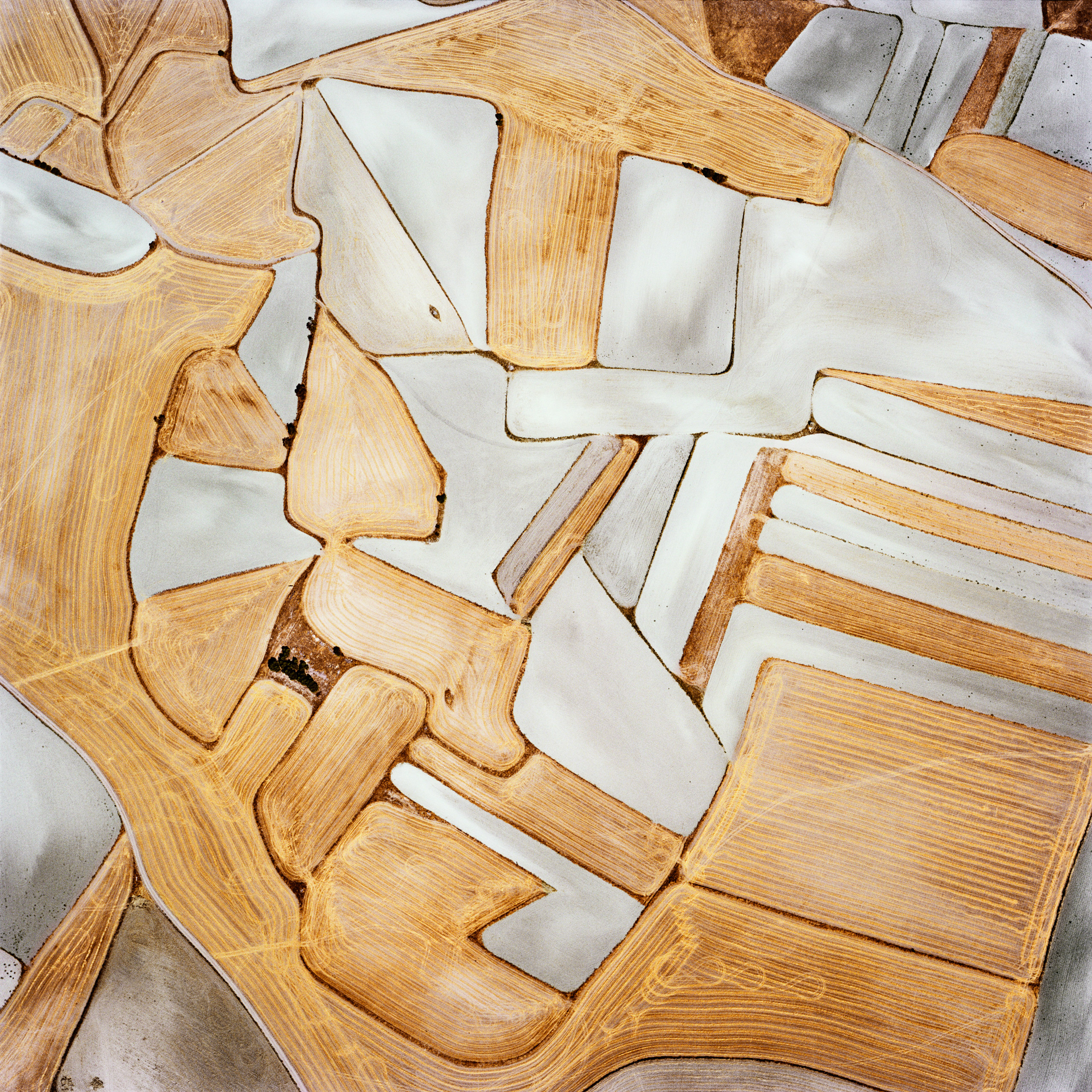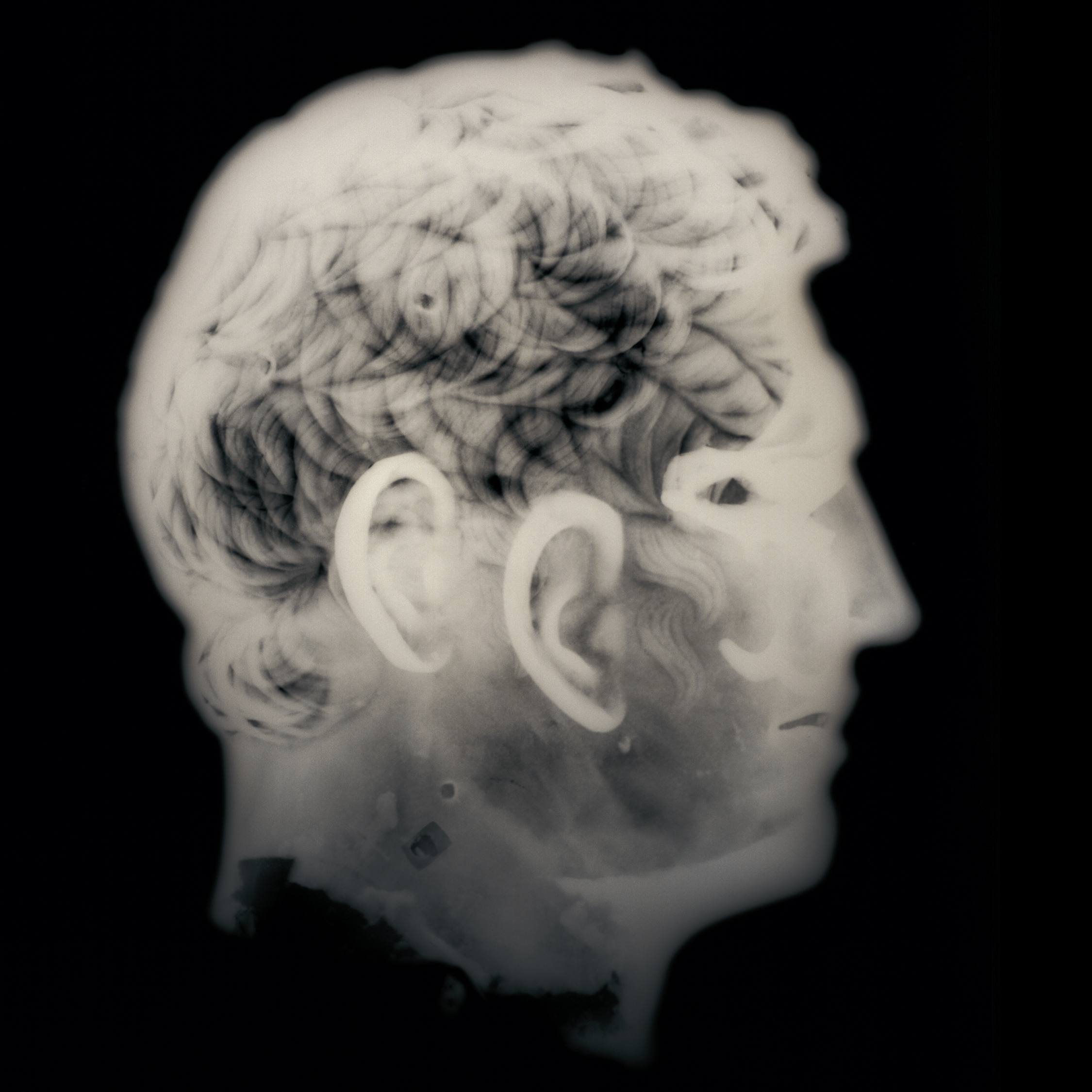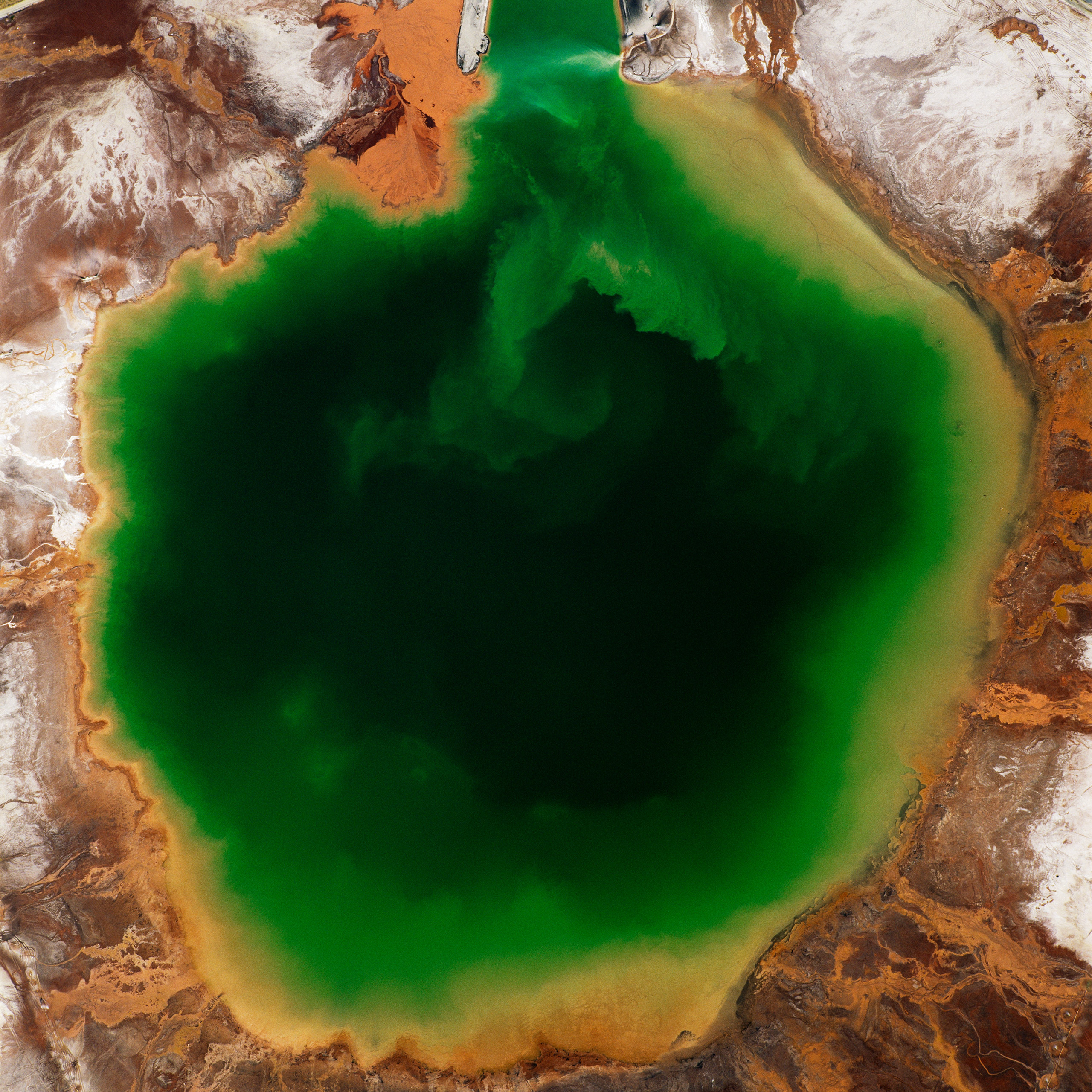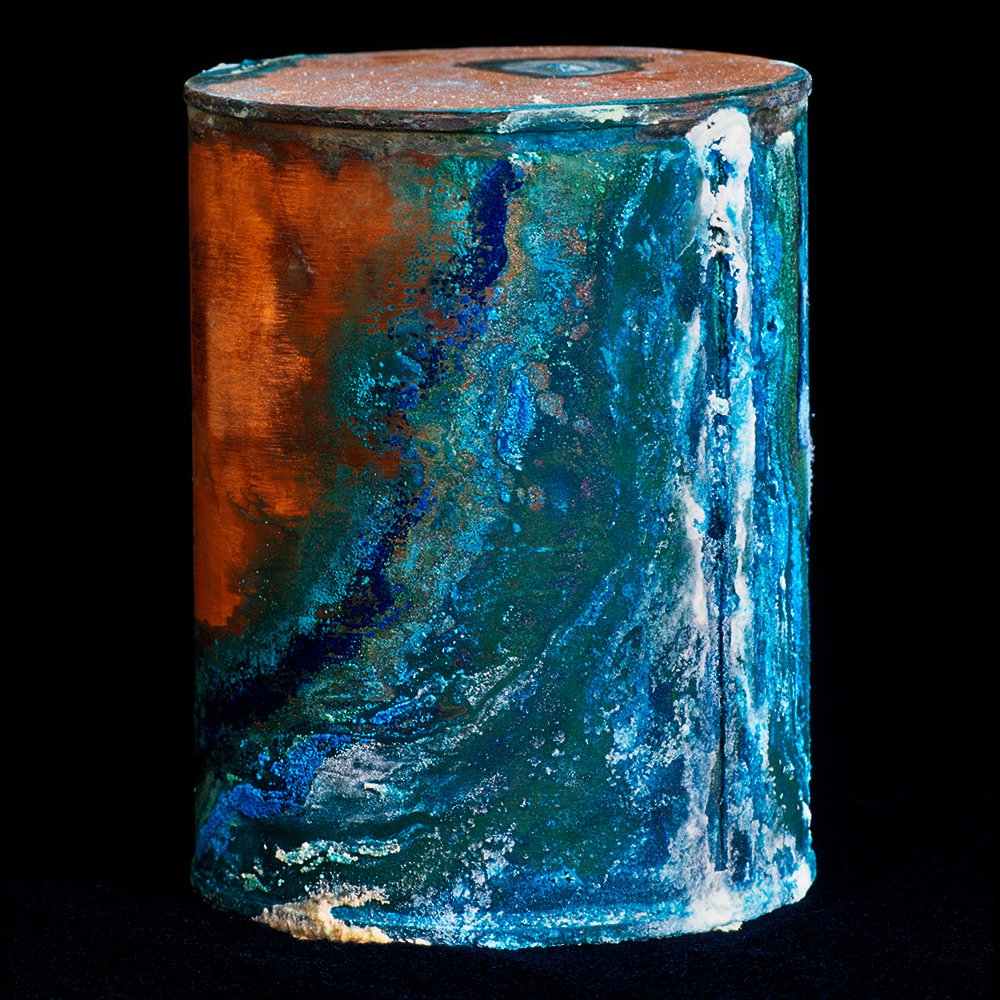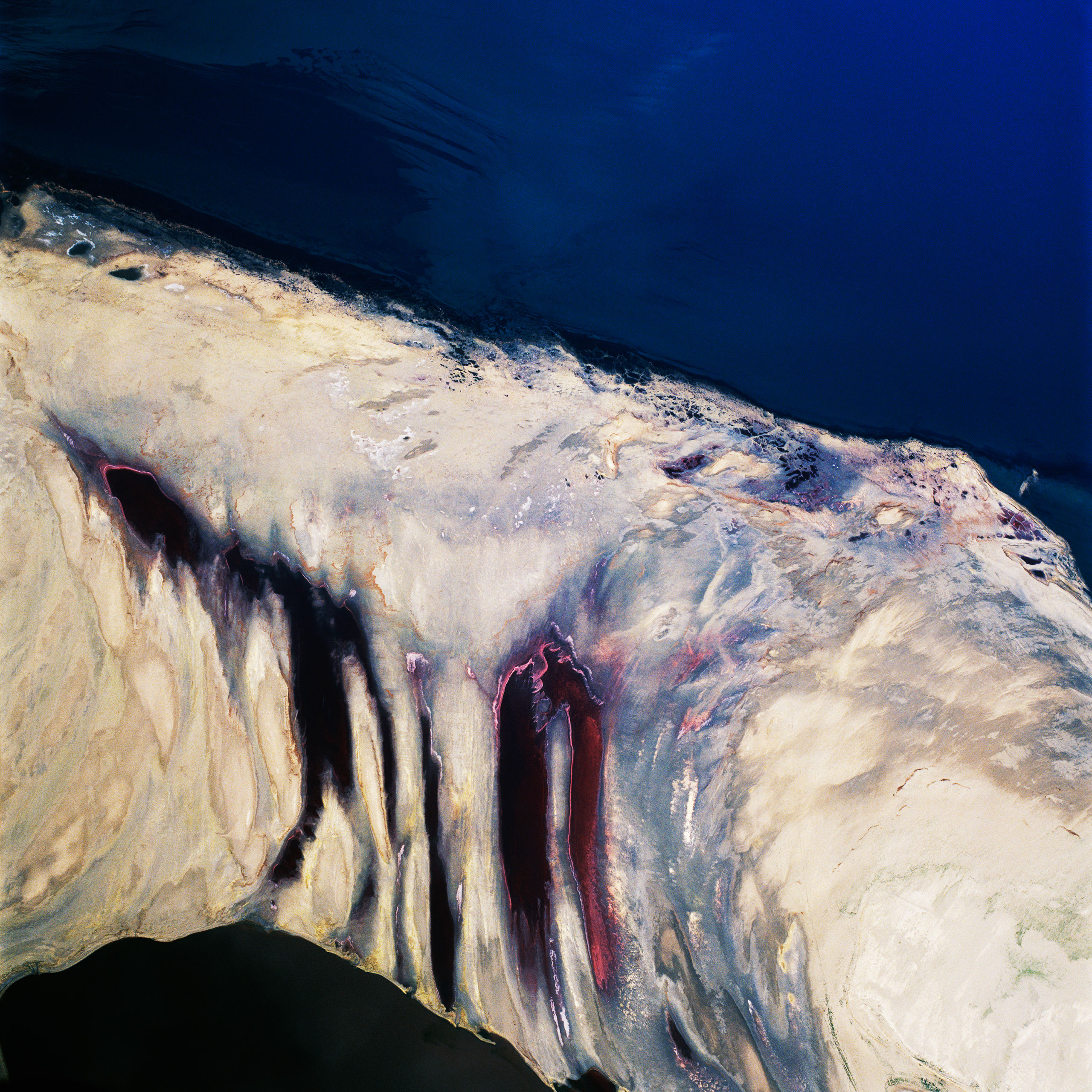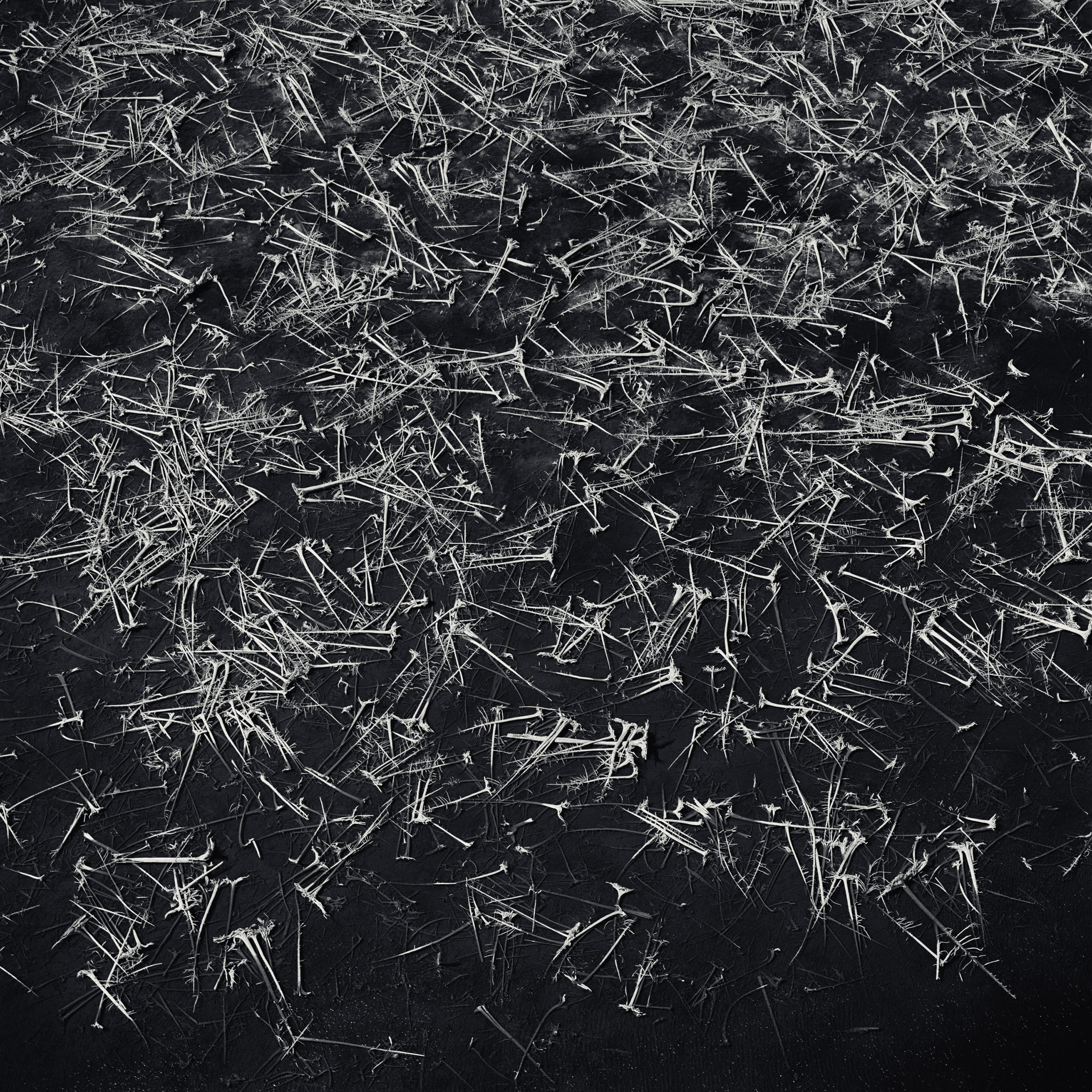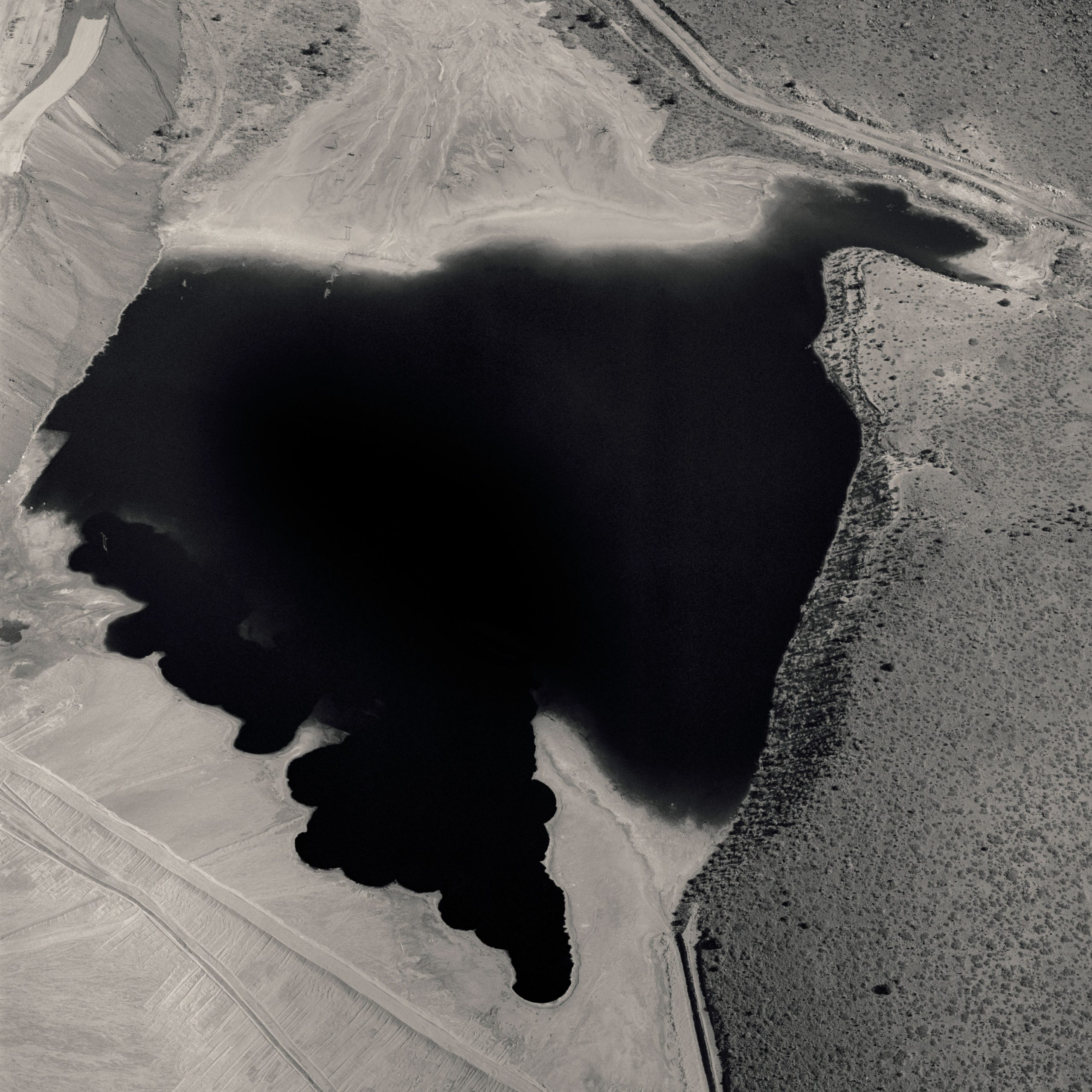Desolation Desert
In his latest photographic series, Desolation Desert, David Maisel brings his focus to the massive mining operations in the vast territory of Chile’s Atacama Desert. The highest and driest desert on the planet, this sensitive eco-region of the Atacama is being transformed at an unparalleled pace and scale by extractive industries. Maisel’s aerial images of these sites are abstract, graphic, and painterly—offering viewers detailed, open-ended information that operates on a metaphorical level as much as a documentary one.


